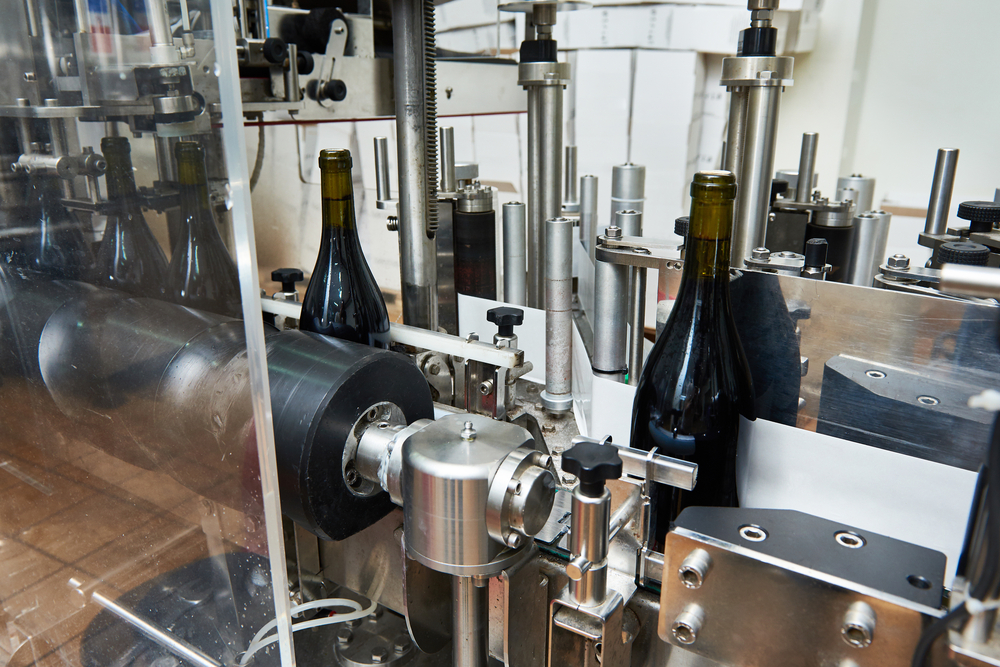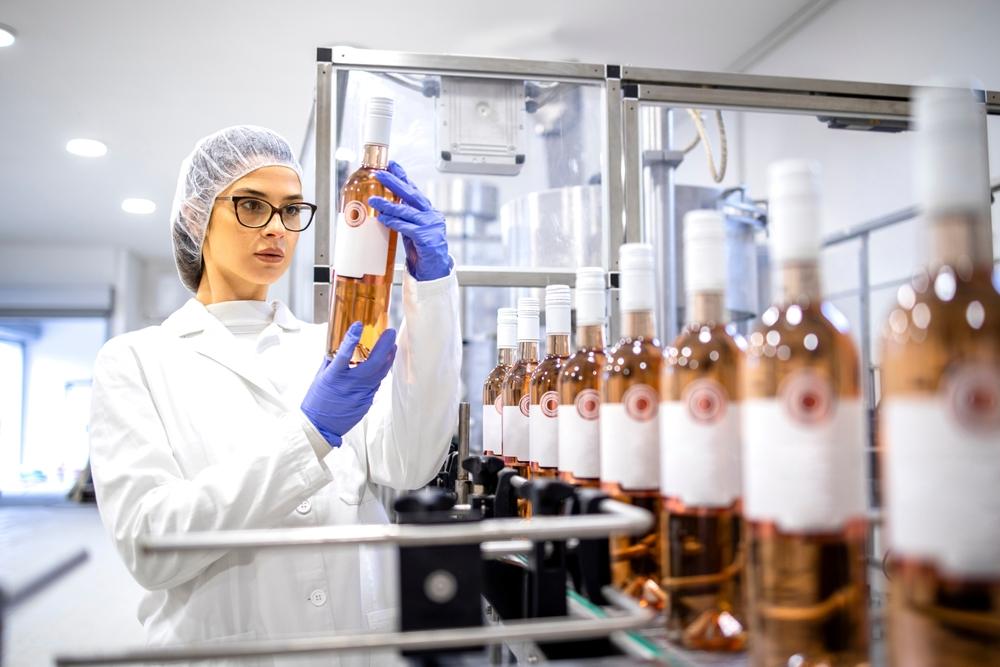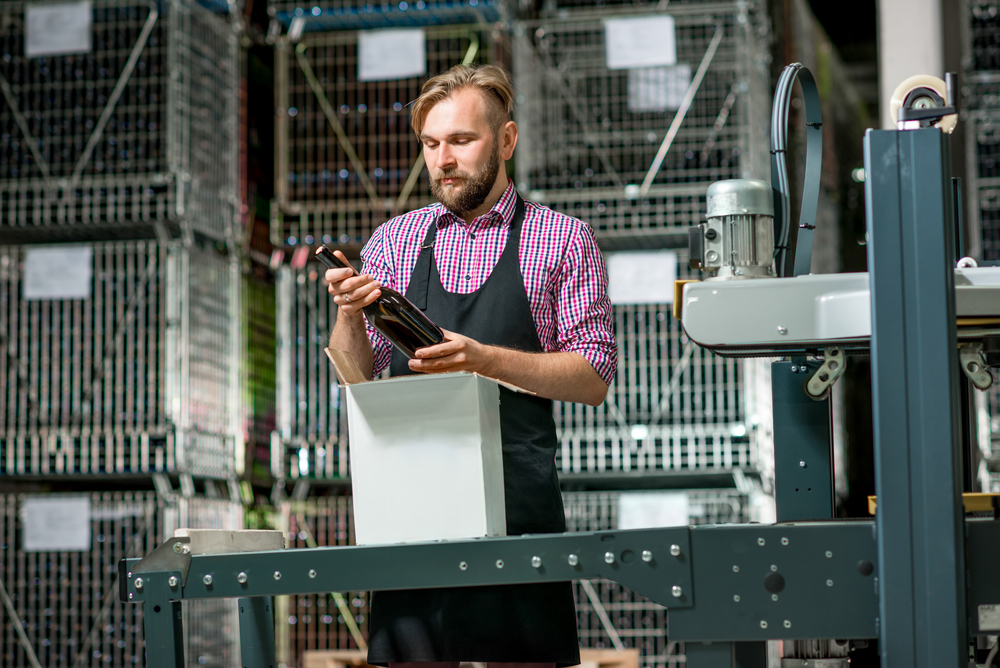We have the privilege of supplying equipment to winemakers nationwide and have witnessed changes in wine trends, especially over the last three years. These interesting times, including challenges with extreme weather and global events, have caused winemakers and consumers to alter their habits.
Nearly three years since the start of the pandemic, the wine industry is searching for new approaches to meet changing customer behaviors, preferences, and safety concerns. Below, we’ll cover how wine packaging has evolved over the last three years and explore production solutions for winemakers.
Varying Consumption Trends
Wine is a popular beverage worldwide. However, for the first time in recent history, the United States has dethroned France as the leading country in wine consumption by volume. In 2020, Americans consumed nearly 33 million hectoliters of wine, with France following closely behind at 24.7 million hectoliters.
While the United States claimed the top spot in wine consumption, it’s essential to note that the global rate of wine consumption experienced a 3% decline in 2020. This decline is largely attributed to the effects of the COVID-19 pandemic, which disrupted liquor store sales and bar and restaurant operations.
Growth in Alternative Packaging Formats

Convenience, portability, and sustainability have taken center stage in wine packaging. As people spent more time outdoors and on the go, alternative packaging formats gained traction. Canned wine, bag-in-box, and single-serve options like wine pouches have surged in popularity. These formats are more durable and sustainable, reducing the environmental footprint associated with traditional glass bottles.
Like many other sectors, environmental sustainability has become a critical focus in the wine industry. Sustainable packaging options are rising due to consumer demand for more eco-friendly choices. While the traditional wine bottle will likely be a staple for years due to its instant recognizability, wineries are starting to opt for lightweight bottles using recycled materials.
Labeling and Branding for E-commerce

Wine labels and bottles create an appealing and informative presentation together. The label creates the first impression for many customers, and wineries and wine retailers recognize the importance of compelling labels for online sales. Clear, informative, and visually appealing labels are now essential to catch consumers’ attention on the internet. Additionally, wineries have integrated QR codes and augmented reality elements into their packaging to engage customers digitally, offering a unique online experience.
Rise in Online Sales and Direct-to-Consumer (DTC) Packaging
The last three years have pushed consumers to shop online more than ever. Wineries and retailers quickly adapted to this change by optimizing their packaging for safe and secure shipping. DTC packaging has become more robust, with specialized wine bottle packaging and inserts designed to prevent breakage during transit.
Virtual Tasting Kits
To recreate the tasting room experience at home, wineries introduced virtual tasting kits. These kits typically include sample-sized bottles or wine vials, tasting notes, and access to online tastings. What’s noteworthy is the specially designed packaging that enhances the overall experience. Virtual tasting kits have bridged the gap between wineries and wine enthusiasts, allowing them to connect and explore wines from the comfort of their homes.
Evolving Wine Production to Adapt to Customer Demand

Consistency, efficiency, and safety are paramount when adapting to customer behavior and trends. With the rise of e-commerce and alternative wine packaging methods, accumulation and conveying systems can play a crucial role in streamlining the wine production process, especially in the context of the evolving packaging trends outlined above. Here are some key advantages:
1. Enhanced Efficiency: An accumulation and conveying system ensures a smooth and continuous flow of bottles or packaging materials throughout the production line. This results in improved efficiency, reducing bottlenecks and minimizing production delays, which is particularly important when responding to surges in demand, such as during the pandemic.
2. Customization and Flexibility: Wineries can customize the accumulation and conveying system to suit their specific packaging needs. Whether handling traditional glass bottles or alternative packaging formats like cans or pouches, a well-designed system can adapt to different packaging requirements, allowing wineries to meet consumer demand for diverse packaging options.
3. Quality Control: Quality control is paramount in wine production. An accumulation and conveying system can include inspection stations where bottles or packaging materials are checked for defects or inconsistencies. This ensures that only high-quality products reach consumers, enhancing the winery’s reputation and customer satisfaction.
4. Reduced Labor Costs: Automation provided by an accumulation and conveying system reduces the reliance on manual labor for tasks like bottle handling and packaging material transport. This reduces labor costs and minimizes the risk of workplace injuries, a crucial consideration for wineries.
5. Adaptation to Changing Demand: The wine industry experiences seasonal fluctuations and evolving consumer preferences. An accumulation and conveying system can be easily adjusted to accommodate changing production volumes and packaging trends. This flexibility enables wineries to respond promptly to market shifts.
As the wine industry continues to navigate the post-pandemic landscape, embracing these packaging trends and investing in efficient production systems will be crucial for success and meeting the evolving demands of wine consumers worldwide. If you want more insight into wine packaging trends or have questions about how accumulation can help your current production, contact us.




